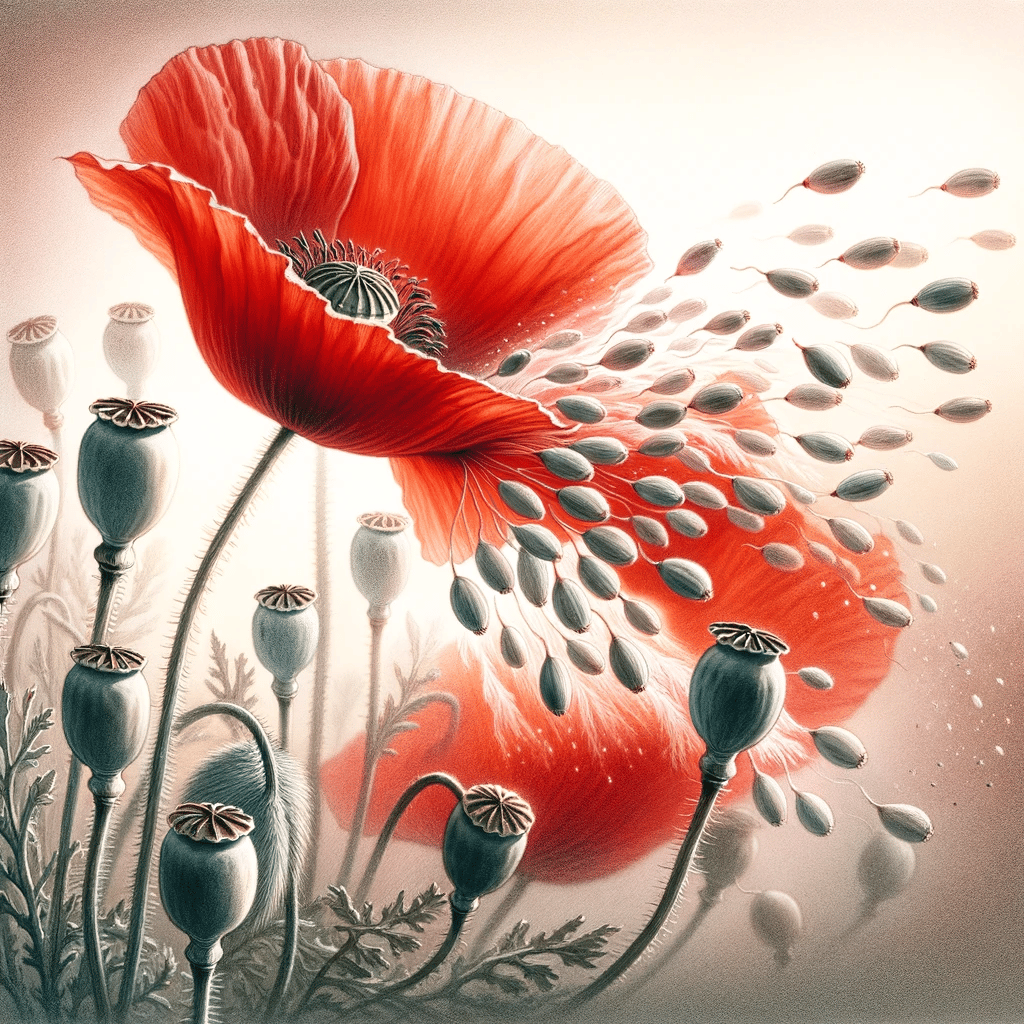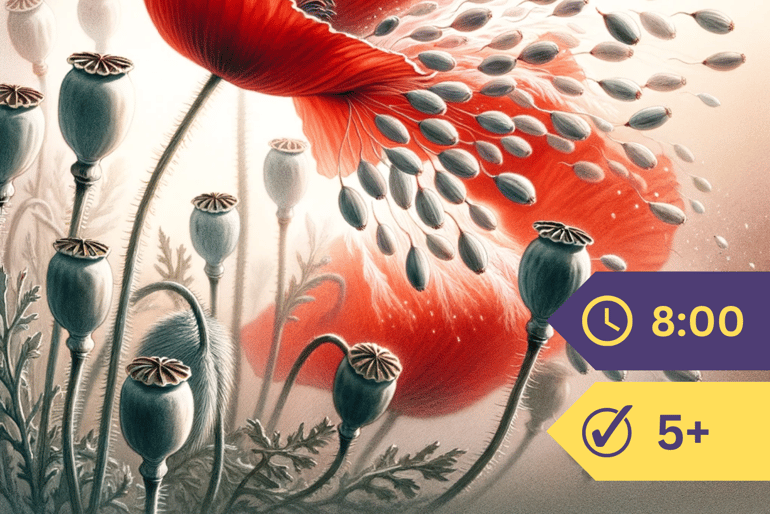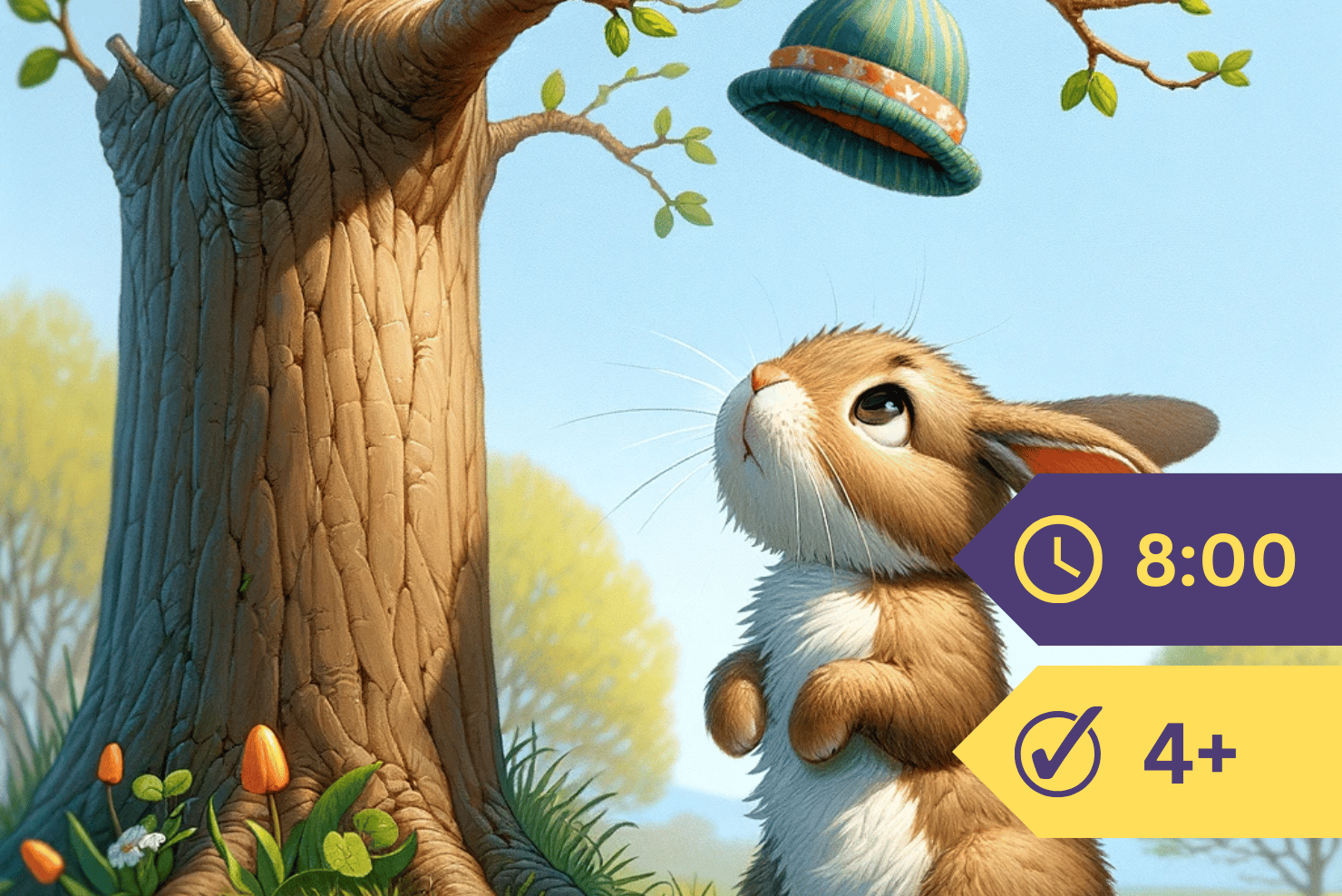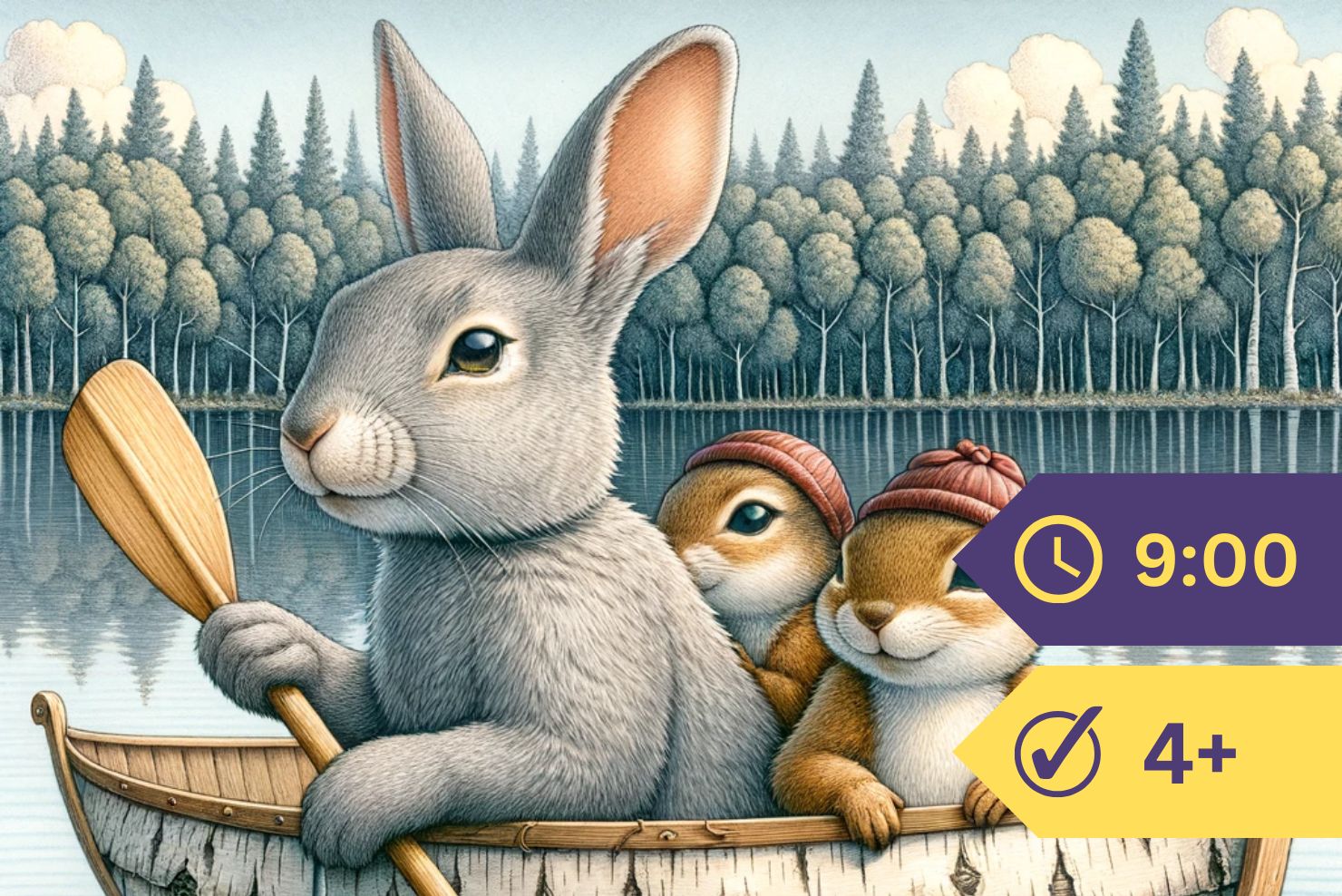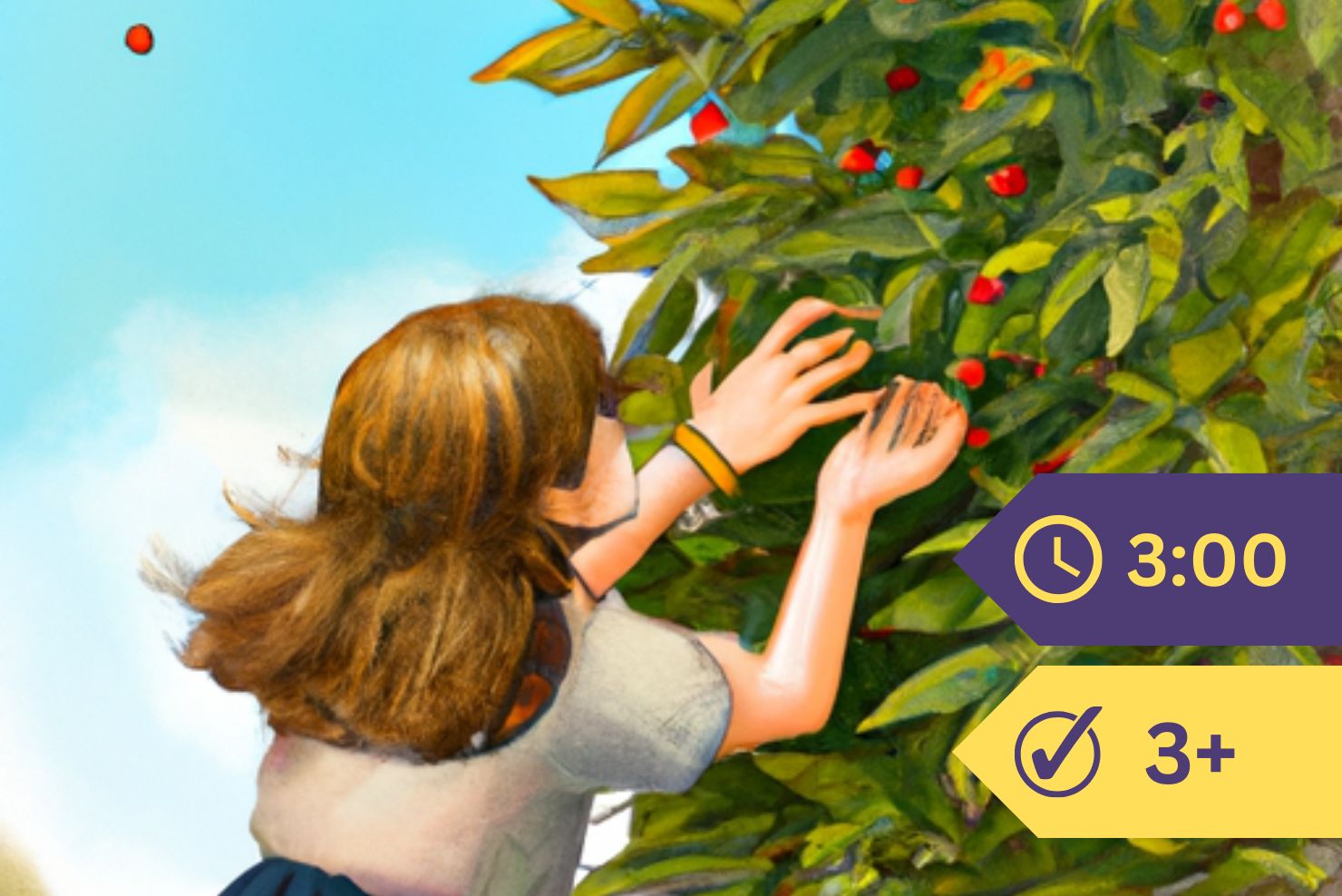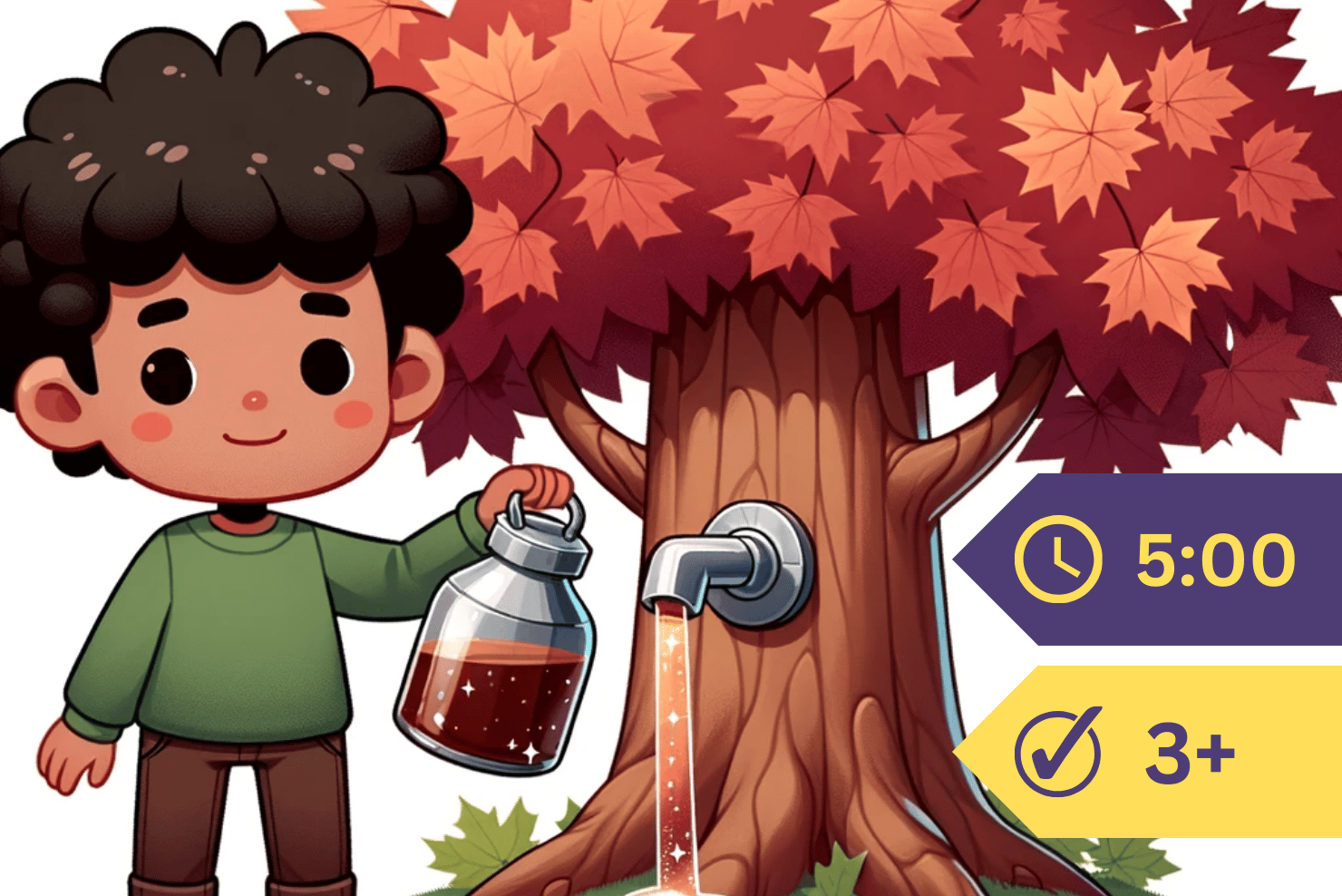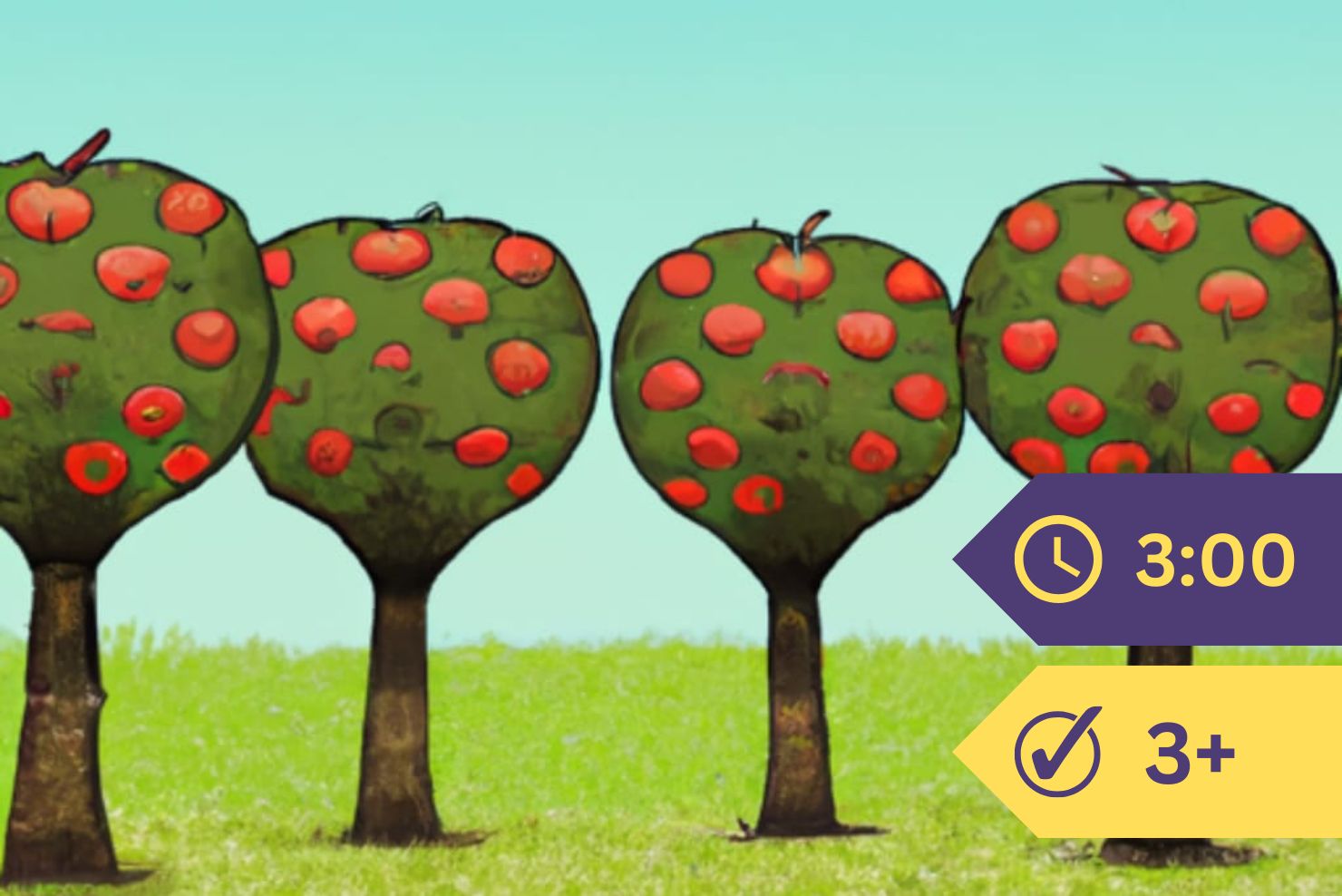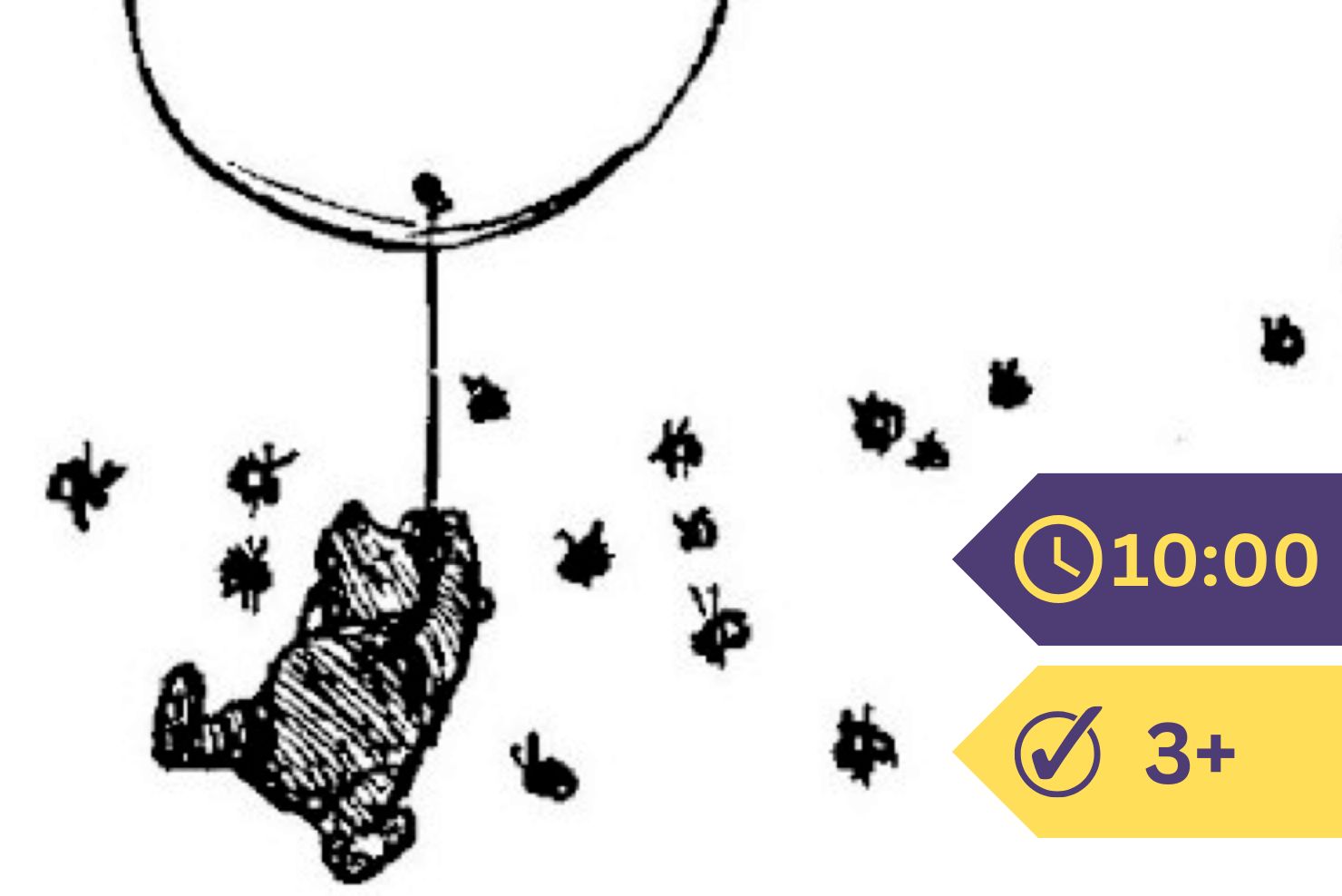When I began to tell you children about the different ways in which plants send their young out into the world, I had no idea that I should take so much time, and cover so many pages with the subject. And now I realize that I have not told you one half, or one quarter, of all there is to tell.
You have learned that seeds are scattered abroad by animals that eat the bright cases in which they are packed, and by animals into whose hair or clothing they manage to fasten themselves.
You know that sometimes seeds are blown through the air by means of silky sails to which they are fastened, or else by their little wings.
You discovered that certain plants actually pushed their young from their cozy homes in no gentle fashion, much as a mother bird shoves her timid little ones from the edge of the nest.
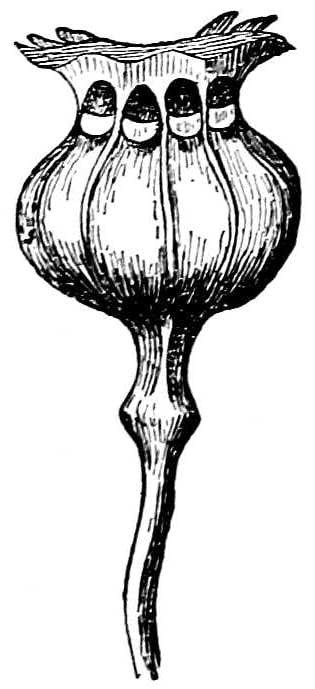
And in the last chapter you read that occasionally seeds were floated by water to distant shores.
Now, these are the chief ways in which plants contrive to dispose of their seeds; but they are not the only ways. Before leaving the subject altogether, I will mention a few plants which use other contrivances.
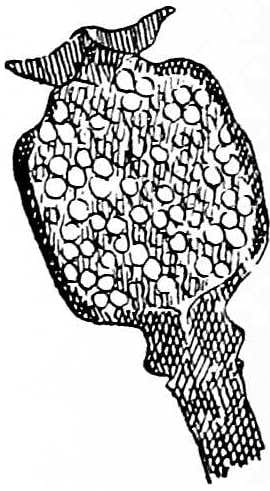
This picture shows you the fruit of the poppy. Many of you know it well. In the fall you find in the garden these pretty seedboxes. They answer famously as pepper pots, if one chances to be playing house in the orchard.
Just below the top of the poppy seedbox the picture shows you a circle of little openings; and inside the seedbox are many poppy seeds.
But how can seeds get out of these openings, do you suppose?
If they were lower down, it would be an easy matter for the seeds to drop out, right on the ground. But perhaps it is well that this cannot happen. Did such a quantity of seeds fall upon one small bit of earth, they would have a poor chance for life.
Well, then, you ask, must they wait patiently in the seedbox till some child comes along and pulls it off for a pepper pot?

No, they are not obliged to wait always for you children. This is fortunate for the poppy plants that are so unlucky as to live in lonely gardens where no children ever play.
Then what does happen?
If you will go out into the garden the next windy fall day, you will see for yourselves. You will see the tall poppy plants swaying to and fro with every gust of wind; and you will see how the seedboxes are tossed from side to side, and that every now and then a very violent toss sends the little seeds tumbling head over heels out of the little openings just as effectively as if the wind too were playing house and using them as pepper pots.
When the seeds are let loose in this way, the tall poppy plants are swayed so far to one side, and the wind is blowing so hard, that they land upon the ground much farther from home than would have been the case had they fallen through openings cut in the lower part of the seedbox.
In the East grows a strange plant called the “rose of Jericho.” Its fruit is a pod. When this plant is nearly ready to get rid of its seeds, what do you think it does? It lets go its hold upon the earth, curls itself up into a little ball, and is driven here and there by the wind. When it finds a nice damp place, it stops and uncurls itself; and the little pods split open, and drop their seeds on the earth.
Some plants bear fruit that look very much like insects. It is believed that sometimes these are taken for such, and snapped up by birds, and thus succeed in getting away from home.
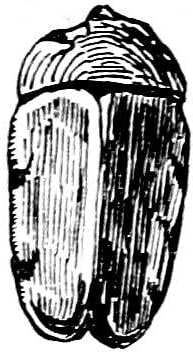
This picture shows you a pod which, as it lies upon the ground, looks like a centiped.
Here you have a seed which is shaped and marked like a beetle.
The next picture shows you a seed from the castor-oil plant. You can see that it might easily be mistaken for some insect.
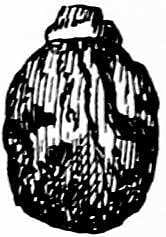
Think how disappointed the bird must be, after having greedily snapped up and carried off one of these little objects, to discover that for all his pains he has secured nothing but a dry, tough pod or seed.
But if the mother plant really does any thinking at all, cannot you fancy how she chuckles with delight over the trick she has played, and the clever way in which she has started her young on its travels?
There is still another way in which birds help to scatter seeds. They alight in wet places, covering their little feet with mud. Now, a clot of mud may contain many different seeds; and for days this clot may stick to the bird’s foot, and thus cause the seeds it holds to be carried for hundreds of miles.
Have you ever heard of Darwin? He was a great man who spent most of his life in studying plants and animals.
How many years do you suppose he was interested in the study of those long, brown worms which you find in quantities in the lawn and after heavy rains along the sidewalk? At intervals for forty-four years he studied these little creatures which you girls think ugly and uninteresting enough, although the boys know they make fine fish bait.
Well, Darwin once raised eighty-two plants from seeds contained in a clot of earth which was clinging to the leg of a partridge. So you can see that when a bird gets his feet wet, he may really be doing the world a service. And it is not likely that he takes cold himself.
Now, I want you children to see how many different ways you can recall in which plants scatter abroad their little seeds; and later I want you to go out into the garden, or into the woods, and see if you cannot discover many of the seeds about which you have been reading. But better still it would be if you could find others of which I have told you nothing.
I should like you to make a list of the different plants which you find in fruit, putting after each name a slight description of the way in which it gets rid of its seeds. This will not be a stupid task at all if you set your mind to it. It will give your walks a new pleasure, and it will bring to your school work something of the freshness and joy which belong to the woods.
